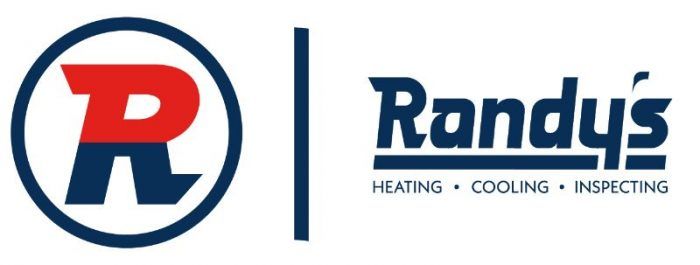Latest Posts
Are you worried about damaging your AC by spraying water on it? If so, take a look to see if it's safe or not to spray your AC unit.
Your AC having dirty coils is an issue that needs to be taken care to avoid further problems. Take a look at these signs that your ac coils may be dirty.
Are you wondering what an AC repairman does when he troubleshoots your AC unit? Take a look at the steps they take to make sure your AC unit is up to par.
Are you having issues with your AC unit and need someone to take a look at it? If so, take a look at our ac repair packages we offer and see all that we do.
They have over four decades of experience serving the residents of Orem, Vineyard, Lindon, Provo, and Utah County.
The best time to have your A/C serviced is in the late spring or early summer when the outside temperature is above 70°.
Need more information? Call (801) 226-1592 today to learn more!
